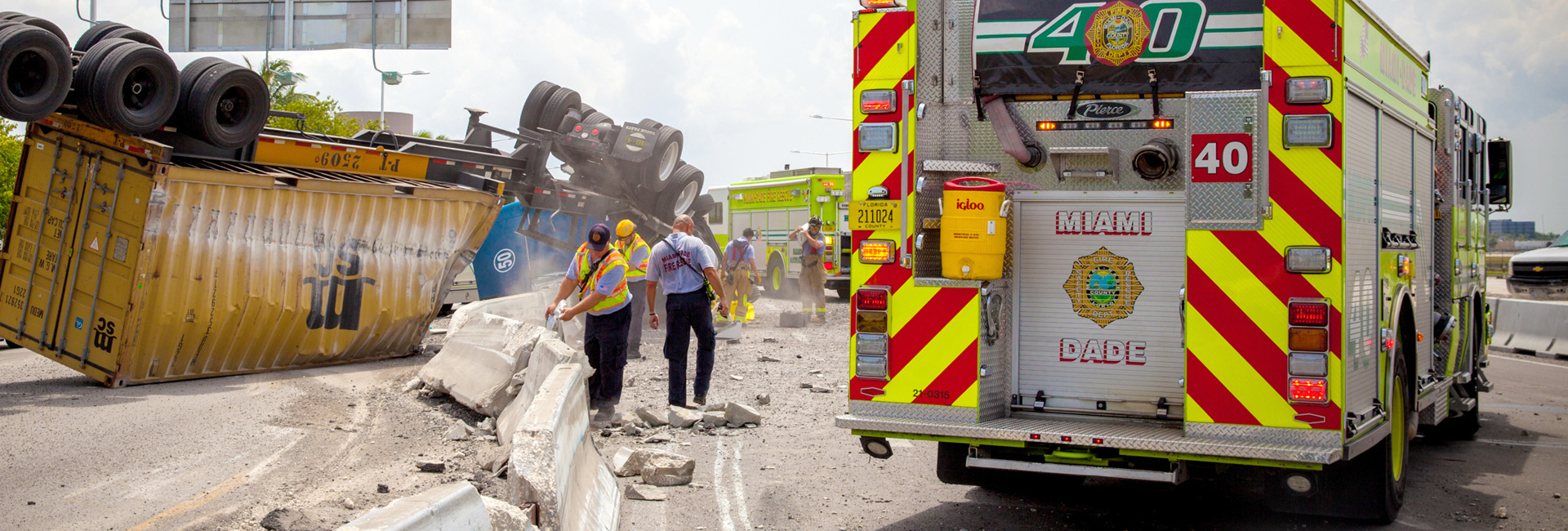Safety Tips: Car Safety Seats for Infants and Small Children
Most parents and caretakers know the importance of car seats and most drivers make sure that all children are properly restrained.
It's the law. You will be ticketed and fined (with points), and there’s just no excuse.
An unrestrained child is also a potential projectile object, capable of injuring or even killing others in the car.
It is probably the only moment in the day with your toddler that you can relax, knowing exactly where he is.
For the rest of us who eagerly comply with the law, spending countless hours researching car seats have some challenges of their own. There are so many choices these days that it’s hard to decide which seat is right for you and your little one.
Here’s the best advice for choosing a seat: No one safety seat is “safest” or “best”. The “best” car safety seat is the one that fits your child’s size and weight, can be installed correctly in your car, and that you will use every time you drive. More expensive doesn’t necessarily mean safer or better. Higher prices usually mean more features that may make the seat easier to use, but depending on your vehicle, they may actually make the seat more difficult to use!
Now, let’s talk about the challenge of installation. And it truly is a challenge. Here are some guidelines to help with child safety seat installation:
- All infants and children under the age of 12 should be restrained in the back seat. It’s still the safest place in the car. No child seat should be placed in the front passenger seat, but rear-facing safety seats must never be placed there. Even a very minor accident could be fatal to the rear-facing infant in the front seat if the airbag deploys.
- Infants, from birth to age one and under 20 pounds, should ride in a rear-facing safety seat in the back seat. “Infant Seats” are designed for this position only. Once the infant outgrows this seat, you will have to move him or her into a regular forward-facing seat. A “convertible seat” can accommodate both positions and can be used from birth to around 40 pounds.
- Children over one year and at least 20 pounds may ride in a forward-facing safety seat in the back seat of the car. Children should ride in a safety seat with full harness until they weigh about 40 pounds.
- All children who have outgrown child safety seats should be properly restrained in a booster seat until they are at least 8 years old or 4’9” tall.
- All new vehicles produced after 2002 come equipped with LATCH (Lower Anchors and Tethers for Children), which provides an anchor system that works with special straps provided with the child safety seat. This system eliminates the need to use seat belts to secure the seat to the car.
As for specific installation instructions, you should always refer to the child seat use and instruction manual as well as your vehicle owner’s manual. The combination of these two sources will provide the most accurate information for your specific situation. If you are still not sure about the installation, Miami Children’s Hospital provides a child safety seat inspection service at no cost by appointment. To schedule an appointment please contact Miami Children’s Hospital at 305-663-6800. Miami-Dade Fire Rescue is not authorized to provide this service.
Most parents and caretakers know the importance of car seats and most drivers make sure that all children are properly restrained.
It's the law. You will be ticketed and fined (with points), and there’s just no excuse.
An unrestrained child is also a potential projectile object, capable of injuring or even killing others in the car.
It is probably the only moment in the day with your toddler that you can relax, knowing exactly where he is.
For the rest of us who eagerly comply with the law, spending countless hours researching car seats have some challenges of their own. There are so many choices these days that it’s hard to decide which seat is right for you and your little one.
Here’s the best advice for choosing a seat: No one safety seat is “safest” or “best”. The “best” car safety seat is the one that fits your child’s size and weight, can be installed correctly in your car, and that you will use every time you drive. More expensive doesn’t necessarily mean safer or better. Higher prices usually mean more features that may make the seat easier to use, but depending on your vehicle, they may actually make the seat more difficult to use!
Now, let’s talk about the challenge of installation. And it truly is a challenge. Here are some guidelines to help with child safety seat installation:
- All infants and children under the age of 12 should be restrained in the back seat. It’s still the safest place in the car. No child seat should be placed in the front passenger seat, but rear-facing safety seats must never be placed there. Even a very minor accident could be fatal to the rear-facing infant in the front seat if the airbag deploys.
- Infants, from birth to age one and under 20 pounds, should ride in a rear-facing safety seat in the back seat. “Infant Seats” are designed for this position only. Once the infant outgrows this seat, you will have to move him or her into a regular forward-facing seat. A “convertible seat” can accommodate both positions and can be used from birth to around 40 pounds.
- Children over one year and at least 20 pounds may ride in a forward-facing safety seat in the back seat of the car. Children should ride in a safety seat with full harness until they weigh about 40 pounds.
- All children who have outgrown child safety seats should be properly restrained in a booster seat until they are at least 8 years old or 4’9” tall.
- All new vehicles produced after 2002 come equipped with LATCH (Lower Anchors and Tethers for Children), which provides an anchor system that works with special straps provided with the child safety seat. This system eliminates the need to use seat belts to secure the seat to the car.
- As for specific installation instructions, you should always refer to the child seat use and instruction manual as well as your vehicle owner’s manual. The combination of these two sources will provide the most accurate information for your specific situation. If you are still not sure about the installation, the Miami-Dade Police Department has certified car seat technicians available to assist you with proper installation of your child's car seat. To schedule an appointment, please contact the Miami-Dade Police Department Public Information & Education Bureau's Community Education Unit at 305-471-1716.

Fire Rescue
Raied "Ray" Jadallah
R. David Paulison Fire Rescue Headquarters
9300 NW 41st Street,
Miami, FL 33178-2414
786-331-5000

